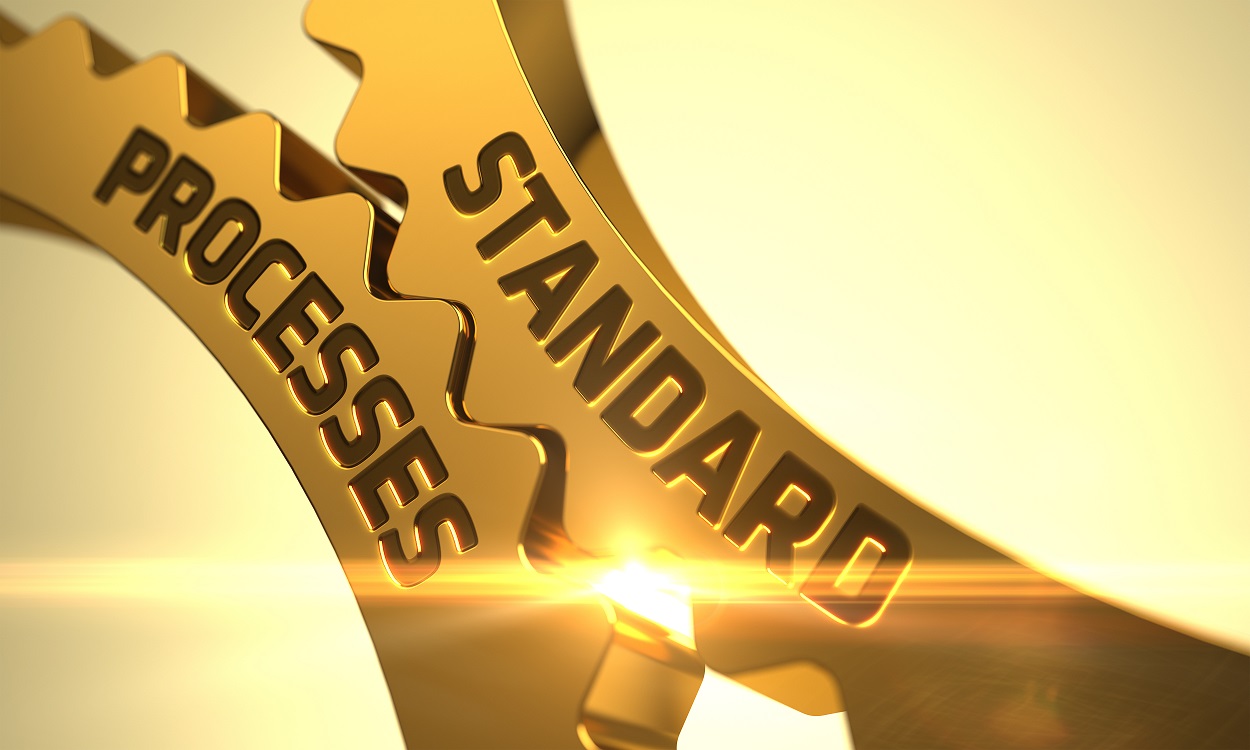SIMPLIFYING PROCESSES

Today, practically most of the economic or manufacturing activity is underlined – either partly or wholly – by standardization. There is a worldwide acceptance of process standardization which is closely related to globalization and transformation of various regulatory processes at national, regional, and international levels. Standardization helps simplify complicated turnaround processes that, in turn, reduce lengthy loops and ease out matters that are diversified, intricate, and chaotic, if not controlled. When it comes to improving operational readiness and reducing cost, standardization of materials and processes comes as a relief for organizations in the manufacturing industry. Standardization can be achieved by using the most common, cost-effective, readily available, and reliable materials, parts and processes to ease out the manufacturing cycle.
Specifications and their development
For any manufacturing industry, specifications are required during the design stage of a component, assembly, or system. Specifications are structured documents that set out the requirements which these components, assemblies, or systems are expected to provide and act as a means of communication between producers and users.
While standards are mostly developed and maintained by standards organizations, it is common for industries to develop their independent specifications based on own specific requirements. Development of in-house material and process specifications requires expertise and cost. Quite often, it can be observed that within an industry, there exists parallel material and process specifications having similar requirements. The absence of a systematic approach to standardize material and process specifications development and maintenance activity leads to a loss of effort and money. For critical parts, it is intuitive that OEMs prefer to keep an end to end control on research for new product and, therefore, development and maintenance of specifications is carried out in-house. However, for all other parts, the entire exercise of specifications development and maintenance can be profitably outsourced.
Development of material and process specifications
The basic principle behind any industry specification is essentially the same. When a need for a specification is identified and established, the specification is drafted by a team of cross-functional experts. Important aspects of a specification draft can be summarized as follows:
Competitiveness: The specification must be as generic as possible so as to attract multiple suppliers and ensure fair competition and get a better bid.
Clarity and Conciseness: Since specifications are essentially documents of pronounced technical significance, it must be ensured that all requirements are clearly defined so as to find the right product. At the same time, it needs to be ensured that the specification is not overburdened with unnecessary details as this will lead to confusion and, therefore, lower the chance of getting the most suitable product at the best price.
Involvement of Suppliers: For critical sectors, it is advisable to involve suppliers in specification development, especially for the key characteristics. However, this should not lead to the formation of a compromised document favoring any particular supplier.
Quantifiable Requirements: It is important to ensure that all the requirements defined within the specification must be quantifiable. Subjective terms must be avoided.
It must be ensured that the specification includes information regarding the necessary precautions that need to be taken during the formation, assembly, or delivery of the product. Also, the acceptance or rejection criteria and specific delivery requirements must be included in the specification.
Standardization of material and product specifications
Standardization has been a vital ingredient of any manufacturing industry ever since the dawn of industrialization. Henry Ford’s hundred-year-old statement, “To standardize a method is to choose out of many methods the best one and use it”, is a testimony to the fact that the concept of standardization is not new. However, putting to practice the essence of standardization is a mooted concept still today.
Standardization promotes uniformity, and uniformity of output is the groundwork to ensure quality. Any industry that is committed to standardization ensures – through a scheme of well-defined documents – that the best available method for a particular action is used across the industry by all personnel, until improvised and standardized. Adherence to standardization is an inherent culture in any manufacturing sector which strives to ensure high quality and consistent output.
In recent years, technical standardization has been a priority for many bulk manufacturing industries. There is an ever-increasing focus on innovation and the maximum benefit of innovation can only be leveraged by effective diffusion of latest innovation across the industry, which can be best achieved by inculcating a culture of standardization. With the common intention of industries to be profitable as a unit globally, it would be beneficial for any OEM to have a systematic approach to standardization of material and process specifications.



 Facebook
Facebook.png) Twitter
Twitter Linkedin
Linkedin Subscribe
Subscribe